
Butter
by Lee Tiernan of St. John Bread & Wine
MAKES ABOUT 5 TABLESPOONS
INGREDIENTS & EQUIPMENT
1 gallon raw milk
+ appropriate vessel
+ salt

Making butter is pretty straightforward. Milk a cow, separate the cream, agitate it, and you're done. After the apocalypse*, obtaining enough milk will be the biggest hurdle in the process, especially if you're looking to milk a wild cow for the first time. (You can watch wild-cow milking contests online, if you want to get a sense of the difficulty level.) A few precautions may save your life. Don't try to milk a bull. If you've mistakenly approached and angered a bull, pray that you have the time to cut your losses and find some olives to press for oil instead. Females with young calves can be just as aggressive and unapproachable, so caution should be exercised here, too.
*Please note that this recipe is excerpted from the Apocalypse Issue of Lucky Peach, which should explain any overtones of doom.
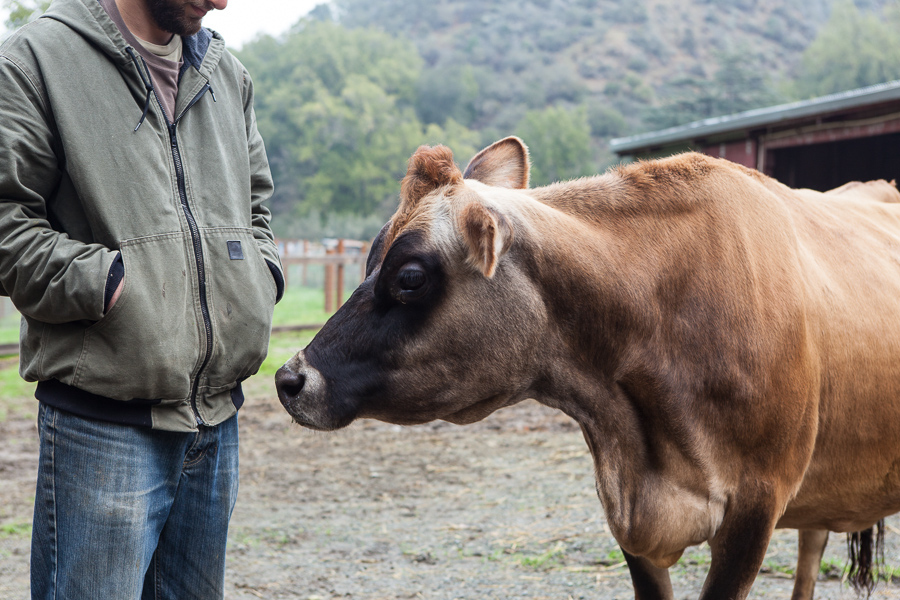
Once you've identified an animal that looks like she might be amenable to being milked, you'll need to build up trust with the animal. Talk softly to her, and stay in the cow's line of sight. Cows respect confidence but not aggression. Once you have successfully gained the bovine's respect, you may find yourself with the privilege of milking her.
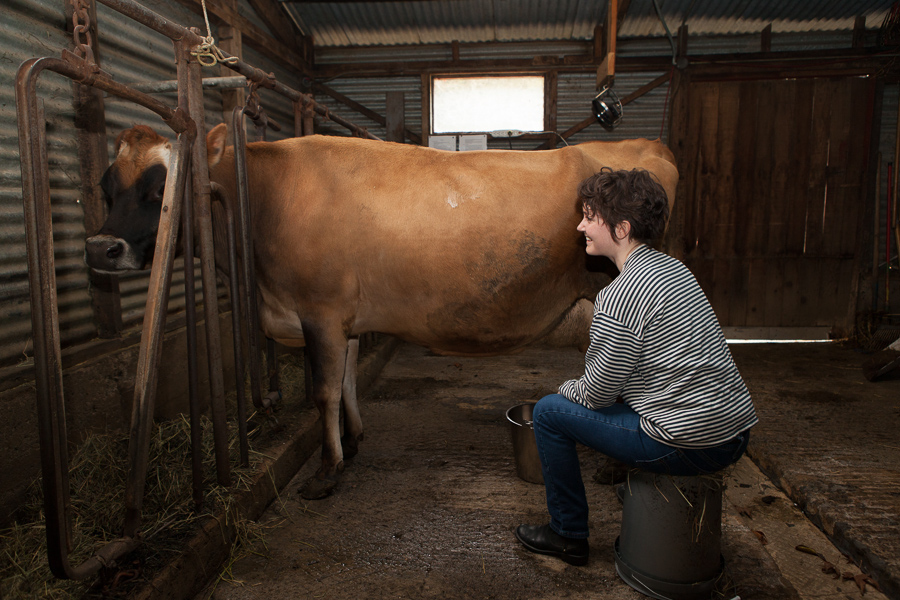
Pat and rub the udders to "bring the milk down," a term and method farmers use for relaxing the cow, mimicking a calf butting the udder with its nose when it wants to feed. Sit on a stool or bucket, not the ground, so you can move quickly if the cow grows angry. Cows spook easily, especially ones that haven't been milked before. Don't be surprised if the cow shits or pees or both. If you see her tail rising, move yourself and your milk-harvesting vessel out of splattering distance. Don't flip out or you run the risk of scaring her off.

Clamp the middle of the teat between your thumb and index finger, palm down. Gently squeeze the teat; the milk should flow in a nice, straight jet. Relax your grip and repeat until the udder is exhausted and the teat looks spent. The milk may be a little slow to flow at first, but will free up after a few squeezes.
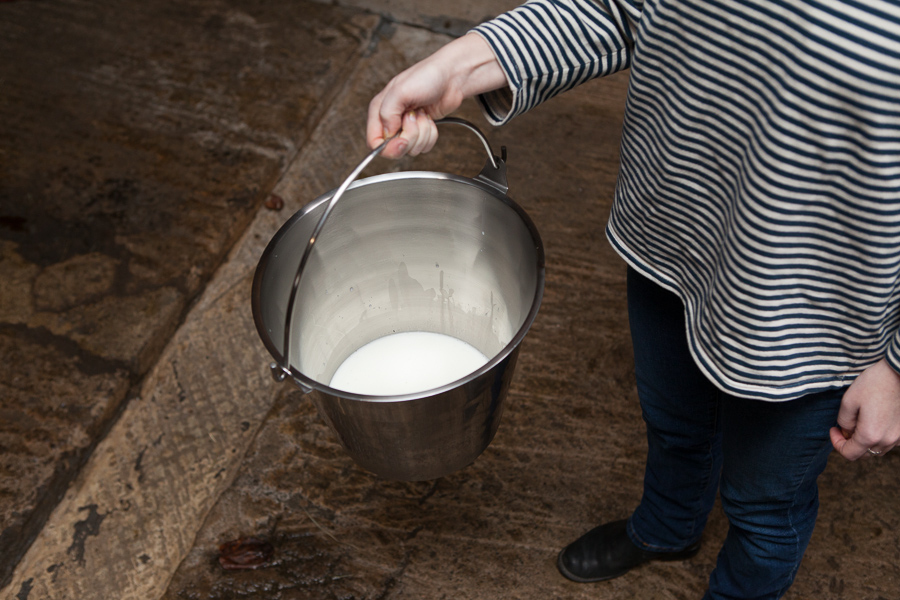
A liter of whole milk will contain between 3 and 5 percent butterfat, so you'll need a fair amount of milk to get a decent knob of butter. Good luck with that.
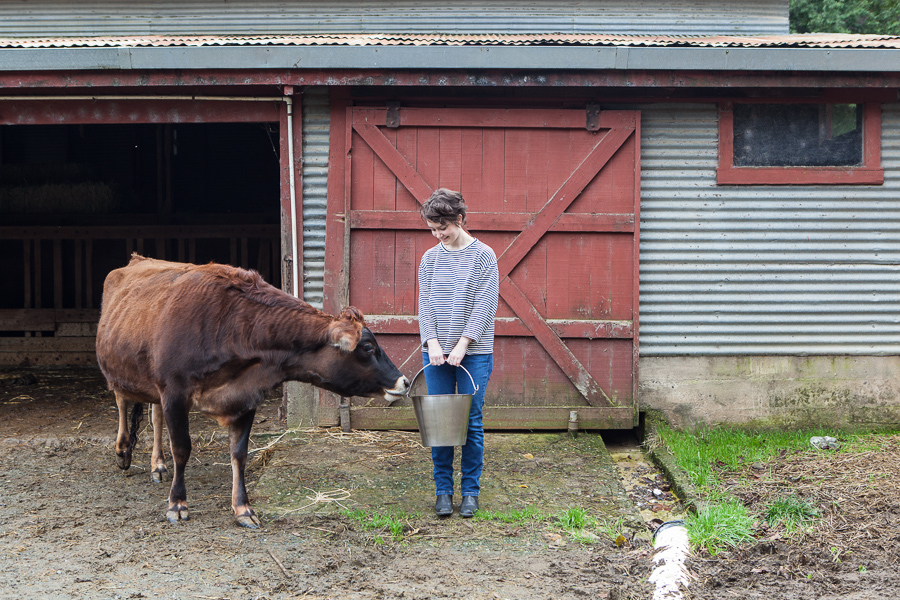
1) Refrigerate fresh milk for 12–36 hours, allowing the fat to rise to the top.
This process will also allow raw milk to culture, encouraging aroma and acidity, and improving the final product.
If you don't have access to a fridge, secure the container in a slow running stream. As for how to store the milk, there are two methods.
a. Shallow-Pan Method
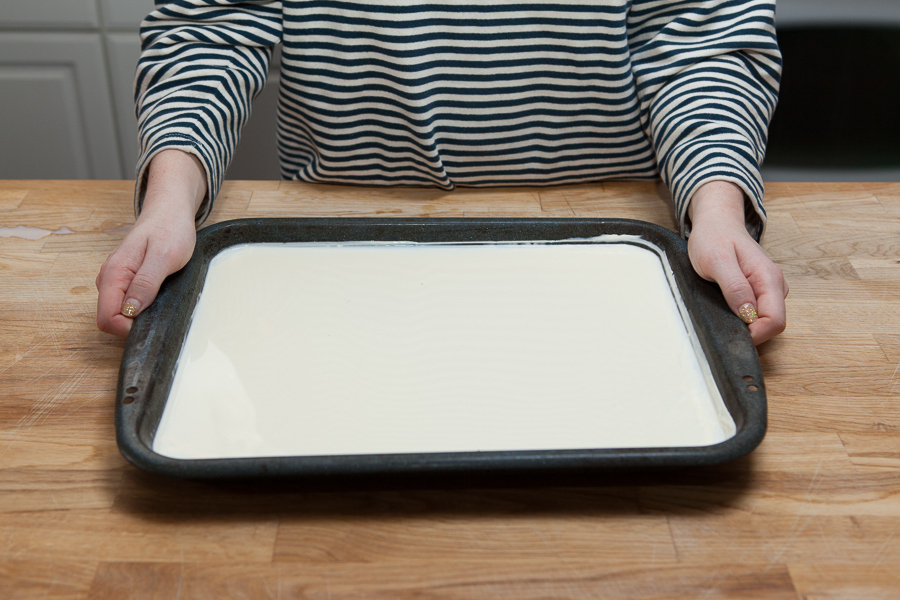
Pour the milk into a flat tray, and store it in a cool place. After thirty-odd hours, the fat will rise to the surface, ready to be skimmed.
b. Deep-Setting Method
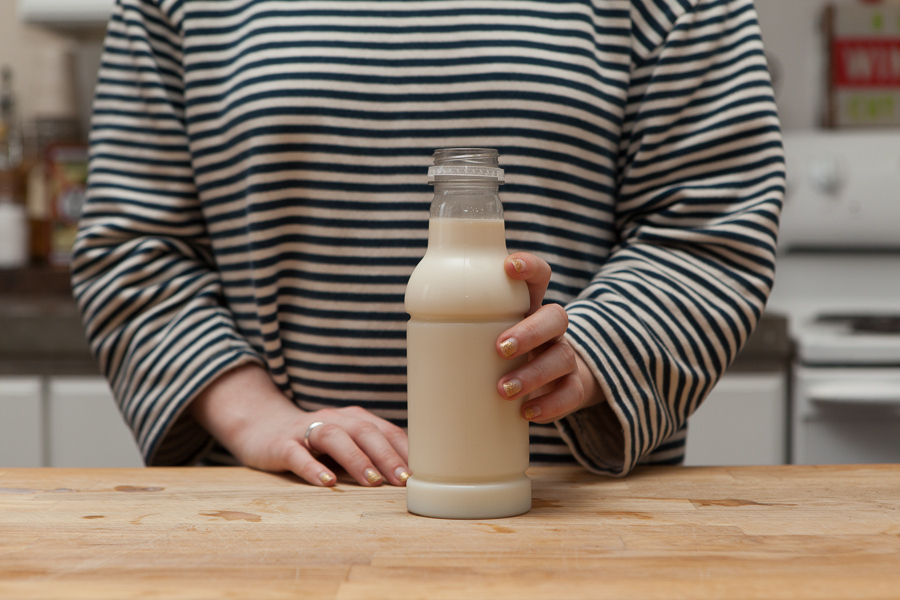
This method is a little quicker and slightly more effective. Pour the milk into a deep, narrow container. Leave somewhere cool for 24 hours. (Don't let the cream freeze; it screws with the fat globules).
Ideally, this would take place in a sterilized glass cylinder with a convenient tap at the bottom for easy milk straining. You can improvise with a clear, clean plastic bottle that can be pierced easily to release the liquid. If the milk is chilled well, the cream will solidify and remain in the container as the milk runs out.
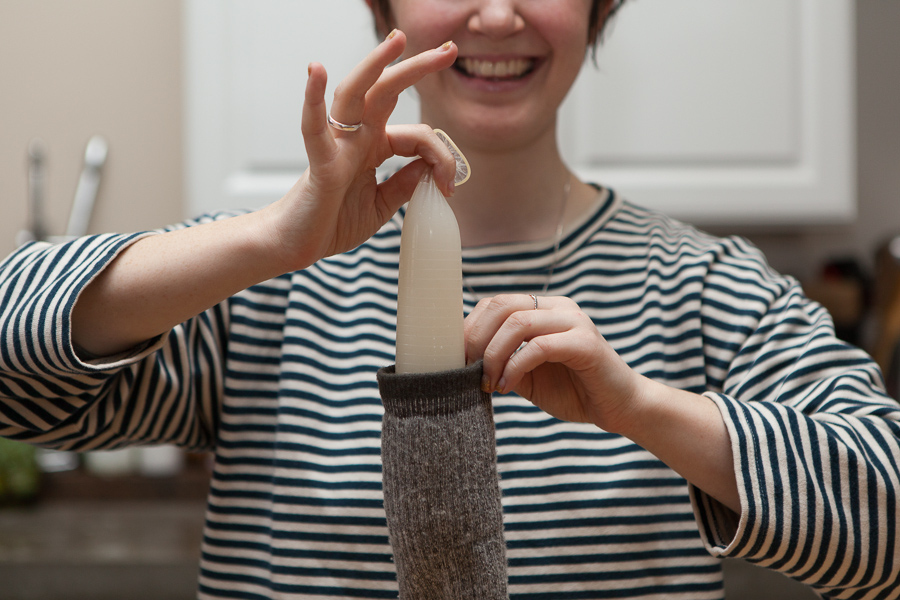
A non-lubricated condom will also suffice. They're easy to carry around and hold up to one liter of liquid. When the time comes, use a pin to prick the end and release the milk.
2) Place the skimmed cream into a container—double the volume of cream—with a tight-fitting lid.

Shake the container. The idea is to agitate the cream until it separates into a liquid (buttermilk) and fat (butter). It helps if the container is clear so you can see what's happening inside.
Depending on how enthusiastic your shaking is, you should see some results after ten minutes.
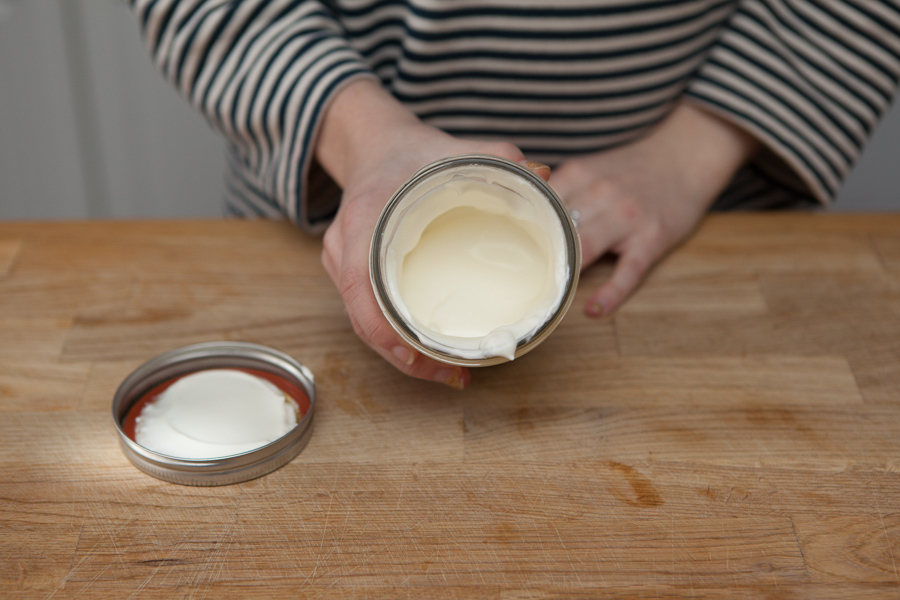
Once you've got a fair amount of butter built up...
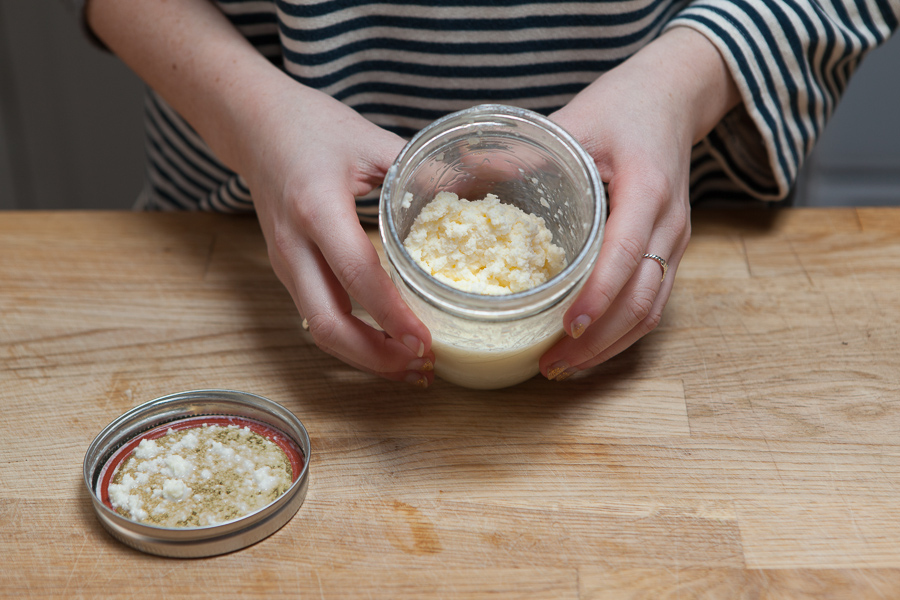
...strain the buttermilk and reserve. It's tasty and a good accompaniment to the butter.

Add a pinch of salt to the butter, and knead it in gently.
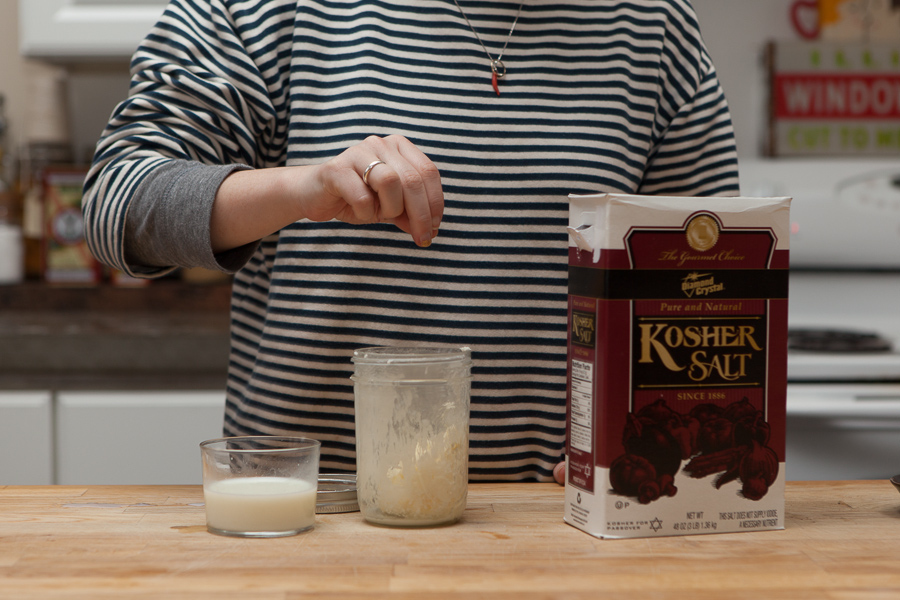
Eat, or trade for supplies.

This recipe was originally printed in Issue 6 of Lucky Peach, which you can order online here. All photos by Alanna Hale.

